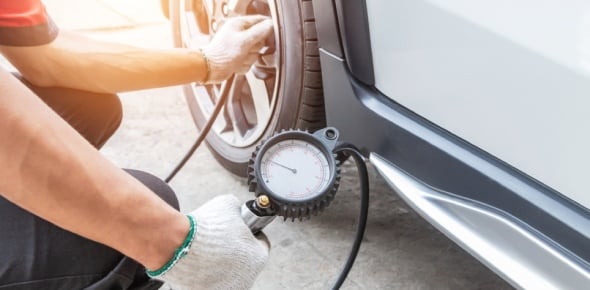Year 7 Science Semester Two
Submit
Submit
Submit
Submit
Quiz Review Timeline (Updated): Oct 21, 2024 +
Our quizzes are rigorously reviewed, monitored and continuously updated by our expert board to maintain accuracy, relevance, and timeliness.
-
Current Version
-
Oct 21, 2024Quiz Edited by
ProProfs Editorial Team -
Nov 16, 2010Quiz Created by
Tnate
















